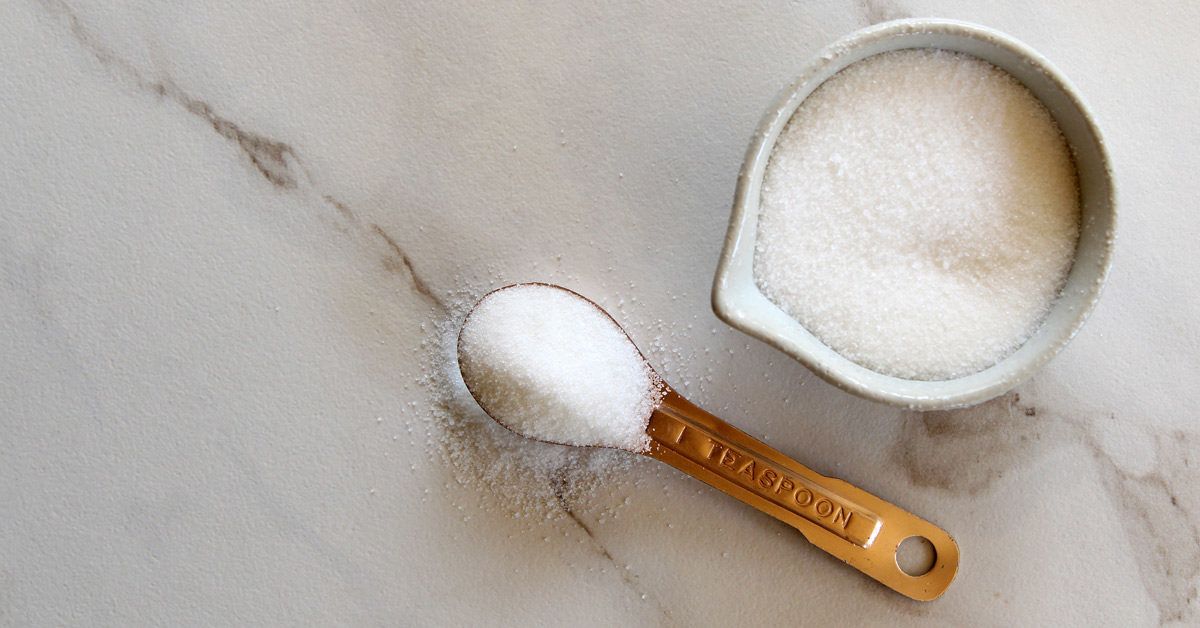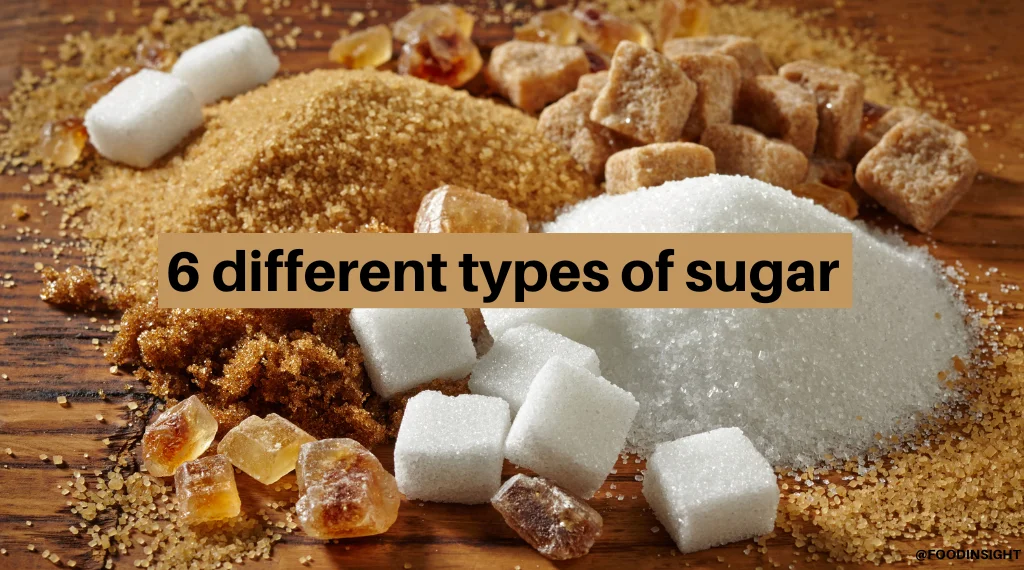In discussions of beet sugar vs cane sugar, the source of the sugar plays a important role in its properties.
Discover the Uses and Conveniences of Beet Sugar Vs Cane Sugar in Your Daily Diet Plan
Discovering the unique top qualities of beet and cane sugar exposes even more than simply their sweetening capabilities; it highlights their distinct influences on health and wellness and cooking arts. Beet sugar, known for its refined taste, is commonly favored in delicate treats, whereas cane sugar, with its hint of molasses, adds splendor to robust meals. Each kind holds its own nutritional account and glycemic ramifications, welcoming a much deeper understanding of their roles in a well balanced diet regimen and sustainable usage techniques.
Origin and Production Procedures of Beet and Cane Sugar

The unique environments and soil types required for expanding sugar beetroots and sugarcane add to differences in their farming practices and geographic distribution, affecting the business economics and sustainability of their production. beet sugar vs cane sugar.
Nutritional Comparison Between Beet Sugar and Cane Sugar
In spite of originating from different plants, beet sugar and cane sugar are nutritionally really similar, both largely containing sucrose. Each offers concerning 4 calories per gram, converting to roughly 16 calories per tsp. Structurally, both sugars are made up of approximately 99.95% sucrose, with minimal amounts of other compounds like wetness and trace element, which do not dramatically modify their nutritional profiles.

Inevitably, when picking between beet sugar and cane sugar based on nutritional web content alone, both deal the same advantages and downsides as they are basically forms of the same molecule-- sucrose, providing quick energy without various other nutrients.
Effect On Health And Wellness: Glycemic Index and Caloric Content
Exploring further right into the results of beet sugar and cane sugar on health and wellness, it is necessary to consider their glycemic index and caloric material. Both sugars are classified as sucrose, which includes sugar and fructose. This structure leads them to have a similar influence on blood sugar level levels. The glycemic index (GI) of both beet and cane sugar is around 65, categorizing them as high-GI foods, which can trigger quick spikes in blood sugar degrees. This is an important aspect for people taking care of diabetic issues or those trying to maintain their energy degrees throughout the day.
Each sort of sugar contains around 4 calories per gram, making their caloric web content equivalent. For those monitoring calorie consumption, particularly when handling weight or metabolic health problems, understanding this equivalence is essential (beet sugar vs cane sugar). Too much consumption of any kind of high-calorie, high-GI food can contribute to health and wellness concerns such as obesity, heart disease, and insulin resistance.
Environmental and Economic Considerations of Sugar Production
Beyond wellness influences, the manufacturing of beet and cane sugar also raises significant environmental and economic concerns. Sugar beet cultivation tends to require cooler climates and has a reduced geographical footprint contrasted to sugar cane, which grows in exotic areas.
In read here addition, making use of chemicals and plant foods in both beet and cane sugar growing can result in dirt destruction and air pollution, additional affecting biodiversity and regional water bodies (beet sugar vs cane sugar). The choice between growing sugar beet or cane often hinges on neighborhood ecological problems and financial aspects, making the sustainability of sugar production a complex issue
Culinary Applications and Taste Distinctions
While the environmental and More Info economic facets of sugar manufacturing are undoubtedly considerable, the choice in between beet and cane sugar additionally influences culinary applications and taste profiles. Beet sugar, stemmed from the sugar beet plant, is recognized for its incredibly neutral taste. This makes it a functional active ingredient in cooking, where it does not alter the flavor of other components. It liquifies rapidly and is suitable for use in cakes, cookies, and breads.
Cane sugar, extracted from sugarcane, usually maintains molasses traces, which impart a distinct richness and deepness. This slight molasses taste boosts the complexity of baked items, sauces, and marinates. It is particularly preferred in items where a caramel touch is desired, such as in brownies or gingerbread. In addition, the small variant in moisture material between beet and cane sugar can affect the structure and uniformity of dishes, making this page cane sugar a favored selection for particular dishes that gain from its distinct residential or commercial properties.

Verdict
To conclude, both beet and cane sugar have distinctive beginnings and manufacturing procedures, providing similar nutritional accounts with minor distinctions in sodium content and flavor. While their influence on wellness, specifically concerning glycemic index and calories, is equivalent, the option in between them typically boils down to environmental, financial aspects, and certain culinary needs. Recognizing these facets can direct consumers in making educated choices that align with their health objectives and flavor preferences.